Title: Understanding the Role of User Intent in SEO Strategy
In the ever-evolving landscape of search engine optimization (SEO), understanding user intent has become a vital component of crafting an effective SEO strategy. User intent refers to the specific goal or purpose that a user has in mind when conducting a search query. By understanding and catering to user intent, businesses can enhance their SEO efforts and improve their online visibility. In this blog post, we will delve into the significance of user intent in SEO strategy and explore how businesses can leverage this understanding to optimize their online presence.
User intent can be categorized into four main types: informational, navigational, commercial investigation, and transactional. Informational intent is when a user seeks information or answers to a question. Navigational intent occurs when a user is looking for a specific website or webpage. Commercial investigation intent involves users who are researching products or services with the intent to make a purchase in the future. Transactional intent is when a user is ready to make a purchase or take a specific action, such as signing up for a service.
Understanding these different types of user intent is crucial for developing an effective SEO strategy. By aligning website content and keywords with user intent, businesses can attract the right audience and provide them with relevant and valuable information. This not only improves the user experience but also increases the likelihood of conversions and customer engagement.
To leverage user intent in SEO strategy, businesses can employ the following tactics:
1. Keyword Research: Conduct thorough keyword research to identify the specific search queries that align with user intent. This involves understanding the language and phrases that users use when searching for information, products, or services related to the business.
2. Content Optimization: Create high-quality, informative, and relevant content that addresses the needs and queries of users based on their intent. This could include blog posts, product descriptions, how-to guides, and other resources that cater to different stages of the user journey.
3. On-Page SEO: Optimize on-page elements such as title tags, meta descriptions, and headings to align with user intent and provide clear and concise information that matches the user’s search query.
4. User Experience: Enhance the overall user experience on the website by ensuring easy navigation, fast loading times, and mobile responsiveness. A positive user experience contributes to meeting user intent and encourages visitors to engage with the website.
5. Analyze User Behavior: Utilize tools such as Google Analytics to gain insights into user behavior, including the pages they visit, the time spent on the website, and the actions they take. This data can help in refining the SEO strategy to better align with user intent.
By aligning SEO efforts with user intent, businesses can improve their search engine rankings, attract relevant traffic, and ultimately drive conversions. Understanding the motivations and needs of users when they conduct search queries is essential for creating a successful SEO strategy that delivers value to both the audience and the business.
In conclusion, user intent plays a pivotal role in shaping an effective SEO strategy. By understanding the different types of user intent and catering to them through keyword research, content optimization, on-page SEO, user experience enhancements, and data analysis, businesses can enhance their online visibility and drive meaningful results. Incorporating user intent into SEO strategy not only improves search engine rankings but also fosters a more personalized and valuable experience for users. As the digital landscape continues to evolve, businesses that prioritize user intent in their SEO efforts will be better positioned to succeed in the competitive online marketplace.


